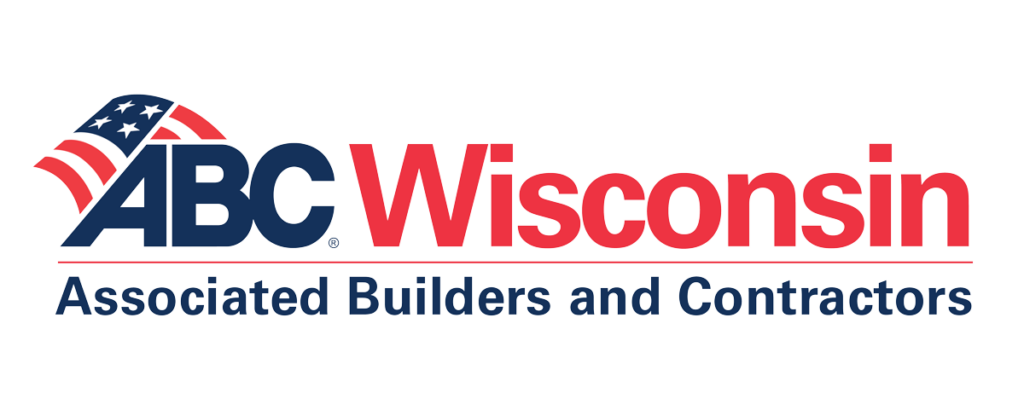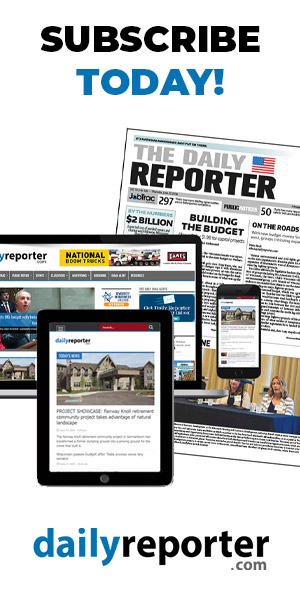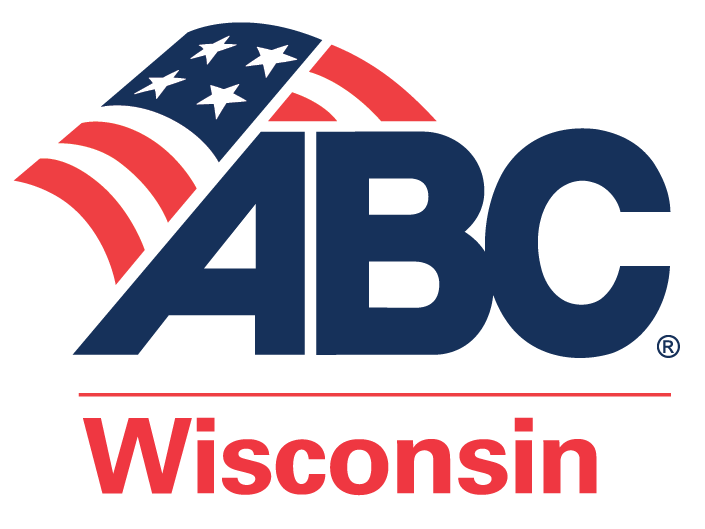The Occupational Safety and Health Administration (OSHA) has resources to help employers and workers prepare for and respond to coronavirus in the workplace, including the following:
WORKPLACE SAFETY
WAGES, HOURS AND LEAVE
The Wage and Hour Division is providing information on common issues employers and workers face when responding to COVID-19, including the effects on wages and hours worked under the Fair Labor Standards Act and job-protected leave under the Family and Medical Leave Act.
UNEMPLOYMENT INSURANCE FLEXIBILITIES
NOTE: Check with your state’s unemployment insurance program regarding the rules in your state.
The Employment and Training Administration announced new guidance outlining state flexibilities in administering their unemployment insurance programs to assist Americans affected by the COVID-19 outbreak.
Under the guidance, federal law permits significant flexibility for states to amend their laws to provide unemployment insurance benefits in multiple scenarios related to COVID-19. For example, federal law allows states to pay benefits where:
- An employer temporarily ceases operations due to COVID-19, preventing employees from coming to work;
- An individual is quarantined with the expectation of returning to work after the quarantine is over; and
- An individual leaves employment due to a risk of exposure or infection or to care for a family member.
In addition, federal law does not require an employee to quit in order to receive benefits due to the impact of COVID-19.











